Home>Ideas and Tips>Solar Panel Siding Options for Sustainable Home Exteriors
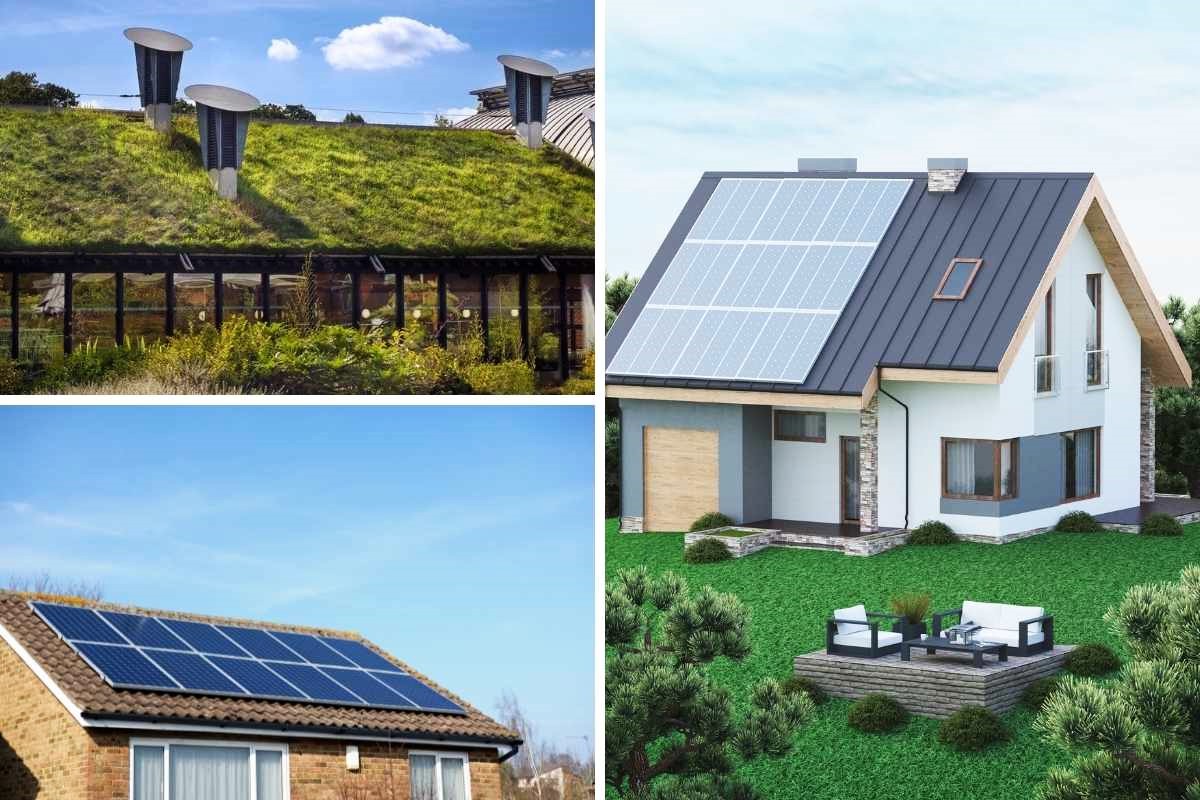

Ideas and Tips
Solar Panel Siding Options for Sustainable Home Exteriors
Modified: October 28, 2024
Discover the benefits and options of solar panel siding for sustainable home exteriors. Reduce energy bills and enhance property value with eco-friendly solutions.
(Many of the links in this article redirect to a specific reviewed product. Your purchase of these products through affiliate links helps to generate commission for Storables.com, at no extra cost. Learn more)
As the world continues to grapple with the challenges of climate change, sustainability has become a top priority in various aspects of our lives, including home improvement. One innovative and eco-friendly option that has gained significant attention in recent years is solar panel siding. This article will delve into the world of solar panel siding, exploring its benefits, challenges, and various options available for homeowners looking to create sustainable home exteriors.
Introduction to Solar Panel Siding
Solar panel siding is a type of exterior cladding that integrates photovoltaic (PV) panels into the exterior of a building. These panels not only provide insulation and aesthetic appeal but also generate electricity, making them a dual-purpose solution for homeowners. The integration of solar panels into siding offers several advantages, including reduced energy bills, increased property value, and a lower carbon footprint.
Benefits of Solar Panel Siding
-
Energy Efficiency: One of the primary benefits of solar panel siding is its ability to generate electricity. This means that homeowners can reduce their reliance on the grid and lower their energy bills. The amount of electricity generated depends on the size and efficiency of the solar panels, as well as the amount of sunlight they receive.
-
Sustainability: By harnessing solar energy, homeowners can significantly reduce their carbon footprint. Traditional building materials often have high embodied energy, meaning they require a lot of energy to produce and transport. Solar panel siding, on the other hand, is made from renewable resources and can help offset the energy used in its production.
-
Aesthetic Appeal: Solar panel siding can be designed to blend seamlessly with traditional architectural styles, making it a visually appealing option for homeowners. The panels come in various colors and textures, allowing them to match or complement the existing exterior design of a home.
-
Durability: Solar panels are built to last, with many manufacturers offering warranties of 25 years or more. This durability ensures that the investment in solar panel siding will pay off over time, both financially and environmentally.
-
Increased Property Value: Installing solar panel siding can increase the value of a property. According to various studies, homes with solar panels tend to sell faster and for higher prices compared to those without them.
Types of Solar Panel Siding
While traditional solar panels are well-known for their efficiency in generating electricity, integrating them into siding requires careful consideration of several factors. Here are some types of solar panel siding available:
1. BIPV (Building-Integrated Photovoltaic) Siding
BIPV siding integrates photovoltaic cells directly into the building envelope. This type of siding is designed to generate electricity while also providing insulation and aesthetic appeal. BIPV systems can be installed on roofs, walls, or even facades, making them versatile options for various architectural designs.
2. Thin-Film Solar Panel Siding
Thin-film solar panels are lightweight and flexible, making them ideal for curved surfaces or irregular shapes. These panels are less expensive than traditional crystalline silicon panels but offer lower efficiency rates. They are often used in building-integrated photovoltaics (BIPV) applications where aesthetics are crucial.
Read more: What Solar Panels Can Run An Outdoor Camera
3. Crystalline Silicon Solar Panel Siding
Crystalline silicon solar panels are the most common type of solar panel used in BIPV applications. They offer high efficiency rates but are typically heavier and more rigid than thin-film panels. This makes them suitable for flat surfaces like walls and roofs.
4. Hybrid Solar Panel Siding
Hybrid solar panels combine different technologies to achieve higher efficiency rates. For example, some hybrid panels use thin-film technology on the front side and crystalline silicon on the back side. These panels offer a balance between efficiency and aesthetics, making them versatile options for various building designs.
Sustainability Considerations
While solar panel siding is an eco-friendly option, it's essential to consider its sustainability throughout its life cycle. Here are some key factors to evaluate:
1. Material Sourcing
The materials used in solar panel production should be sourced sustainably. Look for manufacturers that use recycled materials or adhere to strict environmental standards during the manufacturing process.
2. Manufacturing Process
The manufacturing process of solar panels involves several stages, each with its own environmental impact. Manufacturers should strive to minimize waste and use energy-efficient processes to reduce their carbon footprint.
3. Transportation
Transportation is another critical factor in the sustainability of solar panel siding. Locally sourced materials reduce the need for long-distance transportation, which in turn decreases greenhouse gas emissions.
4. Installation
Proper installation is crucial for maximizing the efficiency of solar panels. Ensure that installers follow best practices to avoid any environmental damage during installation.
5. End-of-Life Disposal
At the end of their life cycle, solar panels can be recycled or repurposed. Manufacturers should have clear guidelines for responsible end-of-life disposal to minimize waste and environmental harm.
Challenges and Limitations
While solar panel siding offers numerous benefits, there are also several challenges and limitations to consider:
1. Cost
One of the primary challenges is the high upfront cost associated with installing solar panel siding. Although the cost is decreasing over time, it remains a significant barrier for many homeowners.
2. Aesthetics
While some homeowners appreciate the modern look of solar panels, others may find them unappealing. The integration of solar panels into traditional architectural styles can be challenging, requiring careful design considerations.
3. Efficiency
The efficiency of solar panels depends on various factors including sunlight exposure and panel quality. In areas with limited sunlight or high tree cover, the efficiency of solar panels may be compromised.
4. Maintenance
Solar panels require regular maintenance to ensure optimal performance. This includes cleaning the panels periodically to remove dirt and debris that can reduce efficiency.
Case Studies and Examples
Several case studies demonstrate the effectiveness and sustainability of solar panel siding in real-world applications:
1. The Solar Decathlon
The Solar Decathlon is an annual competition where teams from around the world design and build homes powered entirely by solar energy. These homes often feature integrated solar panels as part of their exterior cladding, showcasing innovative designs that blend functionality with aesthetics.
2. Green Buildings
Green buildings are designed to minimize environmental impact through sustainable materials and energy-efficient systems. Solar panel siding is often used in green buildings to generate electricity while providing insulation and aesthetic appeal.
3. Residential Projects
Residential projects have seen significant adoption of solar panel siding due to its dual benefits of energy generation and aesthetic appeal. Homeowners can choose from various designs and colors to match their existing exterior design while reducing their carbon footprint.
Conclusion
Solar panel siding represents a significant step towards creating sustainable home exteriors by integrating renewable energy sources into building design. While there are challenges associated with high upfront costs, aesthetics, efficiency, and maintenance requirements, these can be mitigated through careful planning and selection of suitable materials.
For homeowners looking to reduce their environmental impact while enhancing their property value, solar panel siding offers an attractive solution. By evaluating different types of solar panels—such as BIPV, thin-film, crystalline silicon—and considering sustainability factors throughout its life cycle—from material sourcing to end-of-life disposal—homeowners can make informed decisions about integrating solar panels into their home's exterior.
In conclusion, solar panel siding is not just an innovative technology but also an essential tool for creating environmentally friendly homes that not only reduce energy bills but also contribute positively towards mitigating climate change.
References
- Green & Healthy Maine HOMES. (2019). Sustainability and Siding.
- Allura USA. (n.d.). 6 Eco-Friendly Siding Options.
- Elemental Green. (n.d.). The Intermediate Guide to Sustainable Siding.
- Elite Home Exteriors NW. (2021). Are Eco-Friendly Siding Options The Way To Go?
- Of Houses and Trees. (2024). 10 Exterior Siding Options for Homes + How to Pick the Best One.
By understanding the benefits, types, sustainability considerations, challenges, and case studies related to solar panel siding, homeowners can make informed decisions about integrating this innovative technology into their home's exterior design while contributing positively towards creating a more sustainable future.
Was this page helpful?
At Storables.com, we guarantee accurate and reliable information. Our content, validated by Expert Board Contributors, is crafted following stringent Editorial Policies. We're committed to providing you with well-researched, expert-backed insights for all your informational needs.
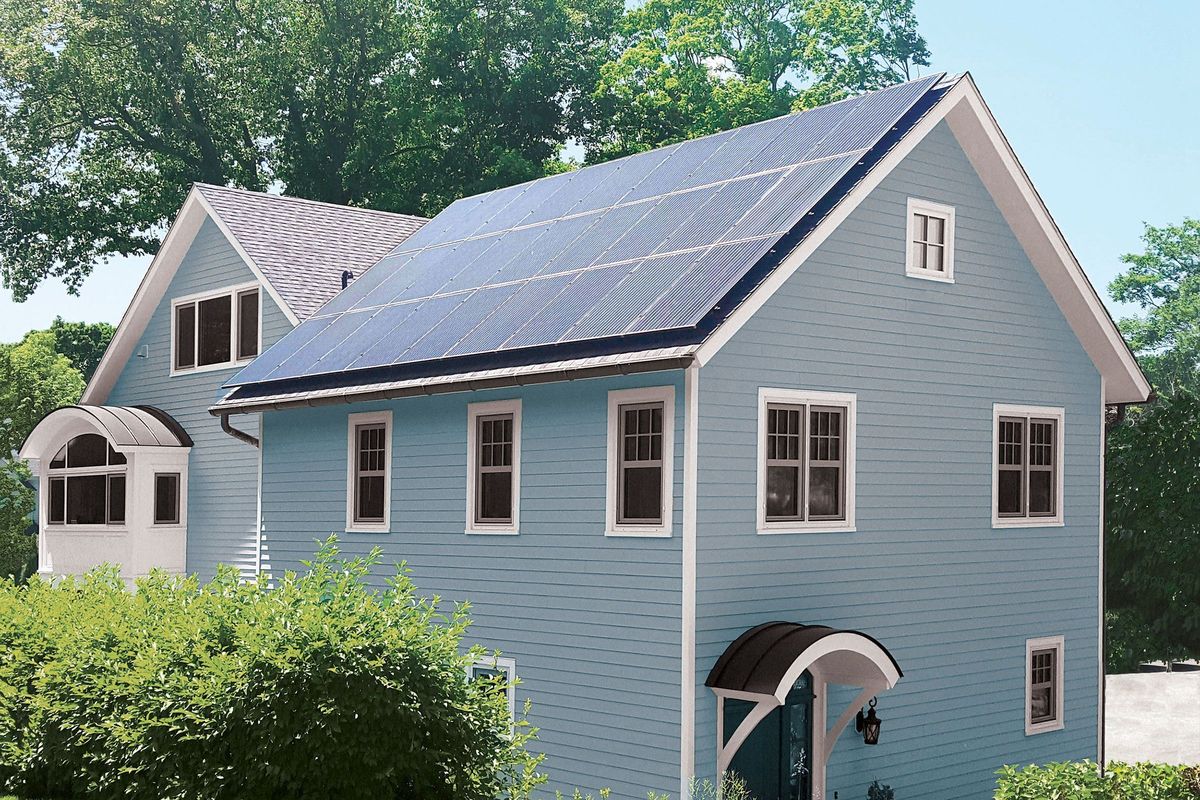
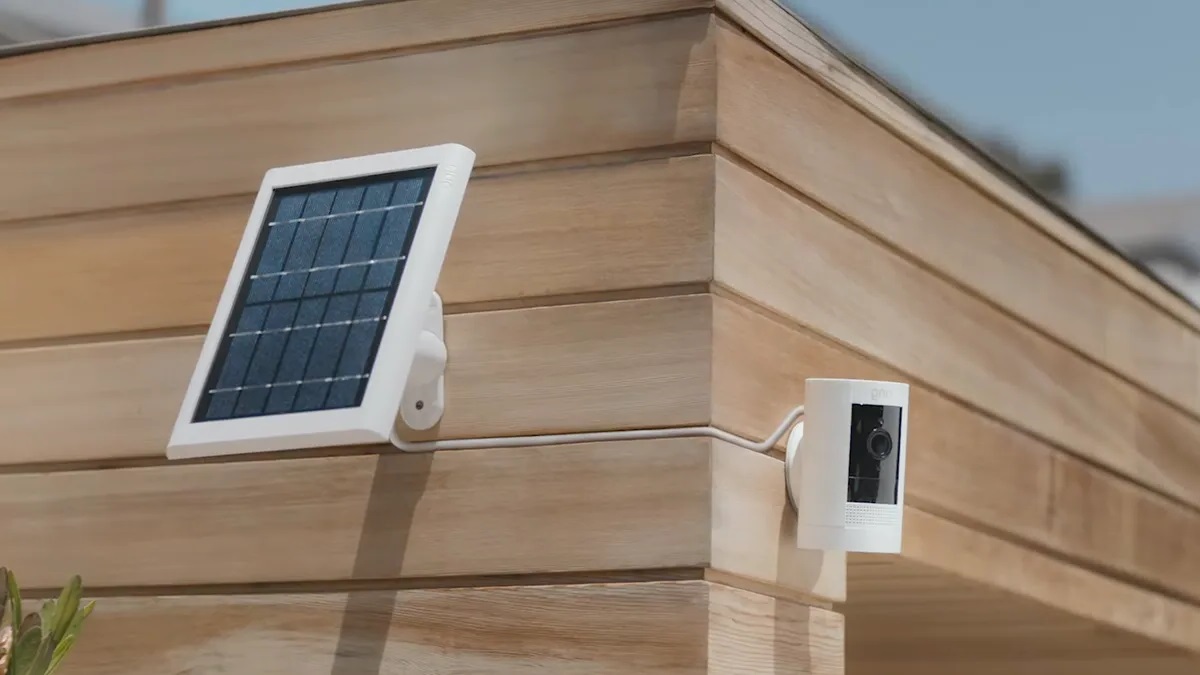
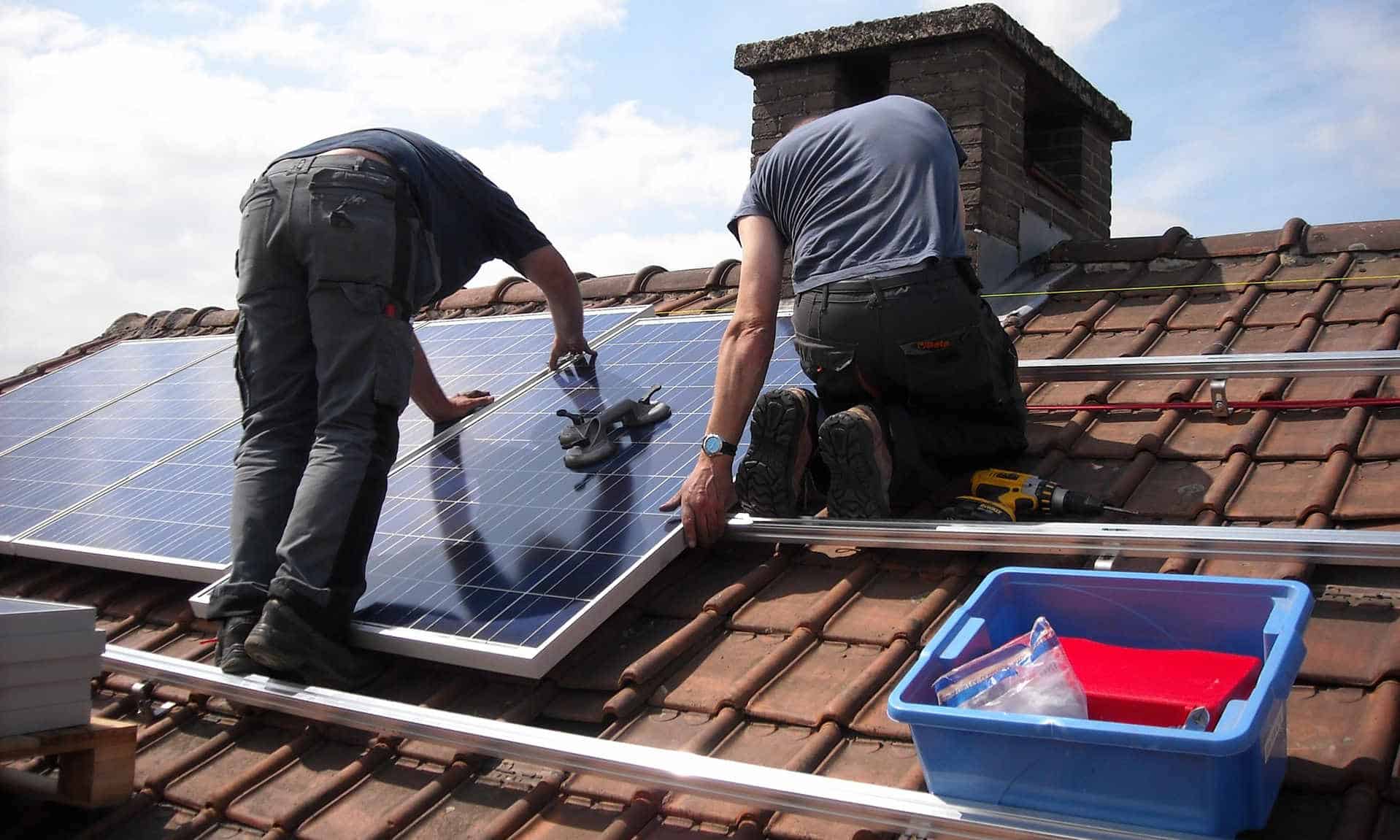
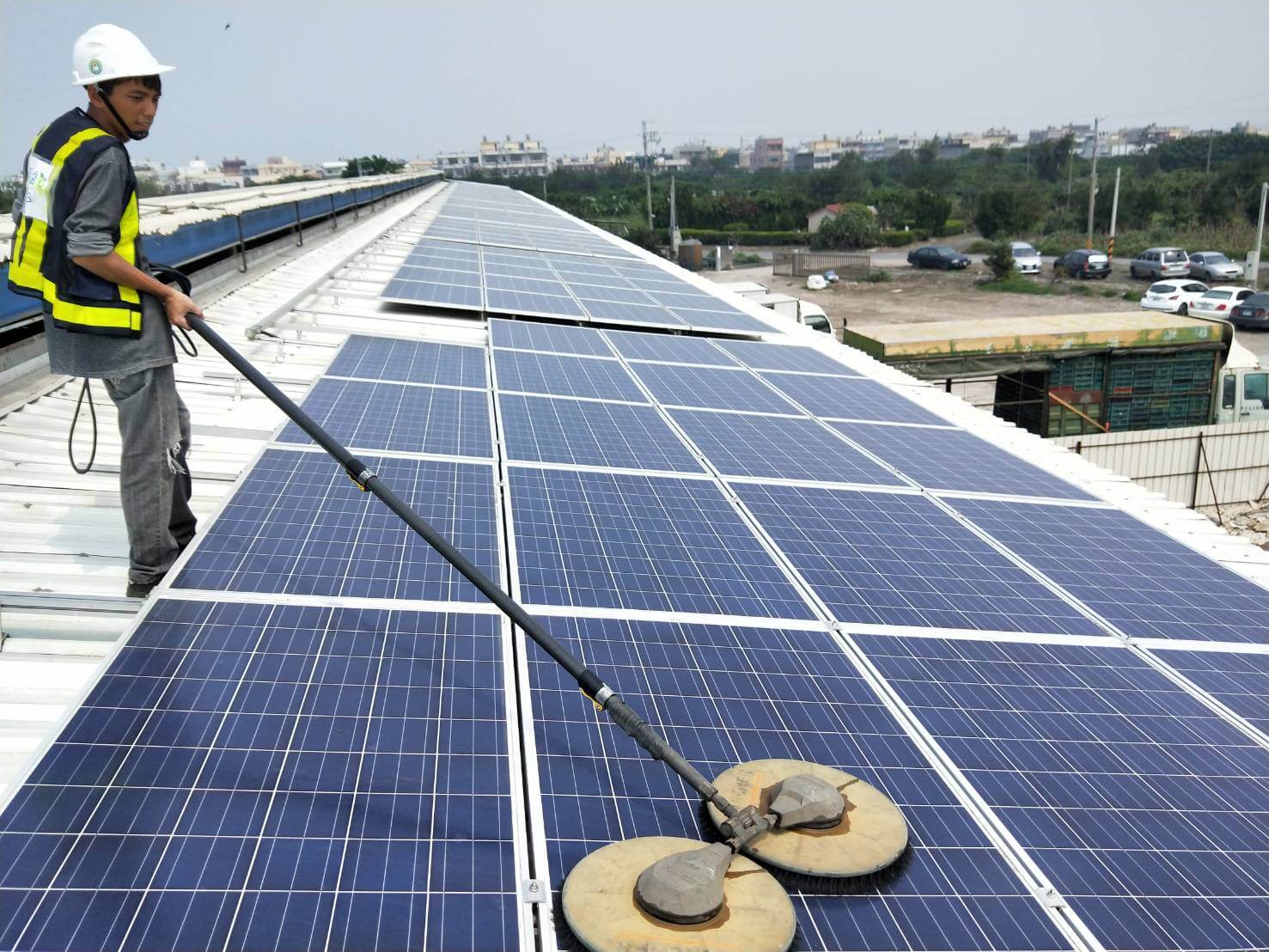
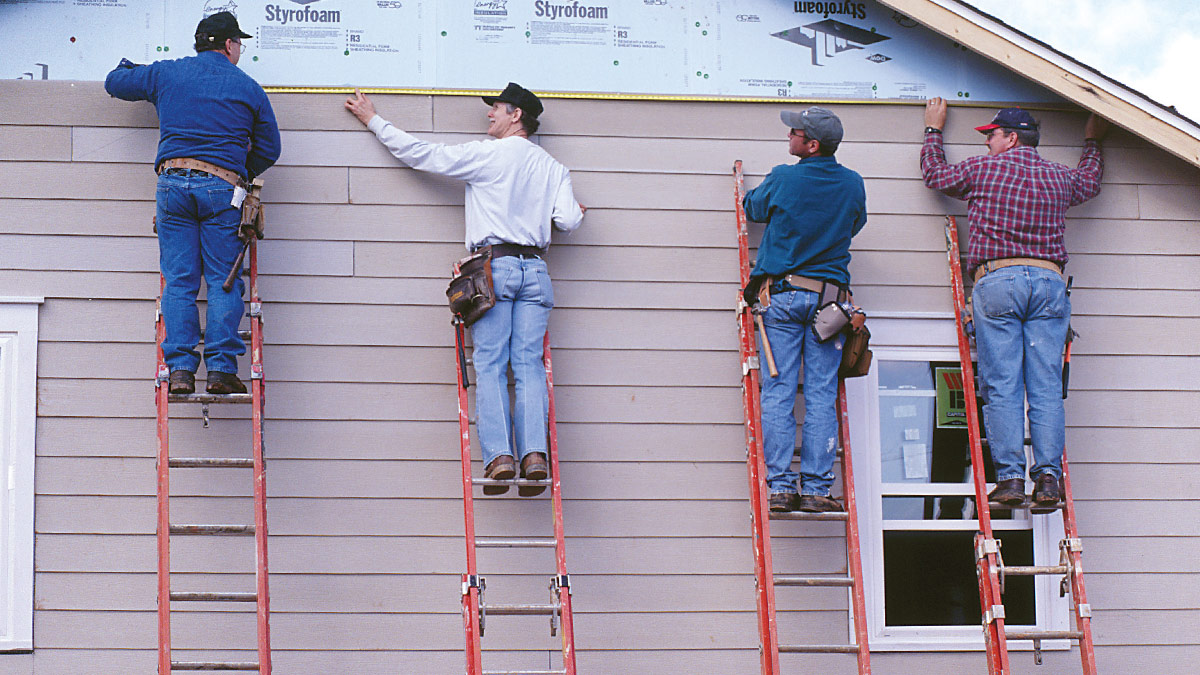
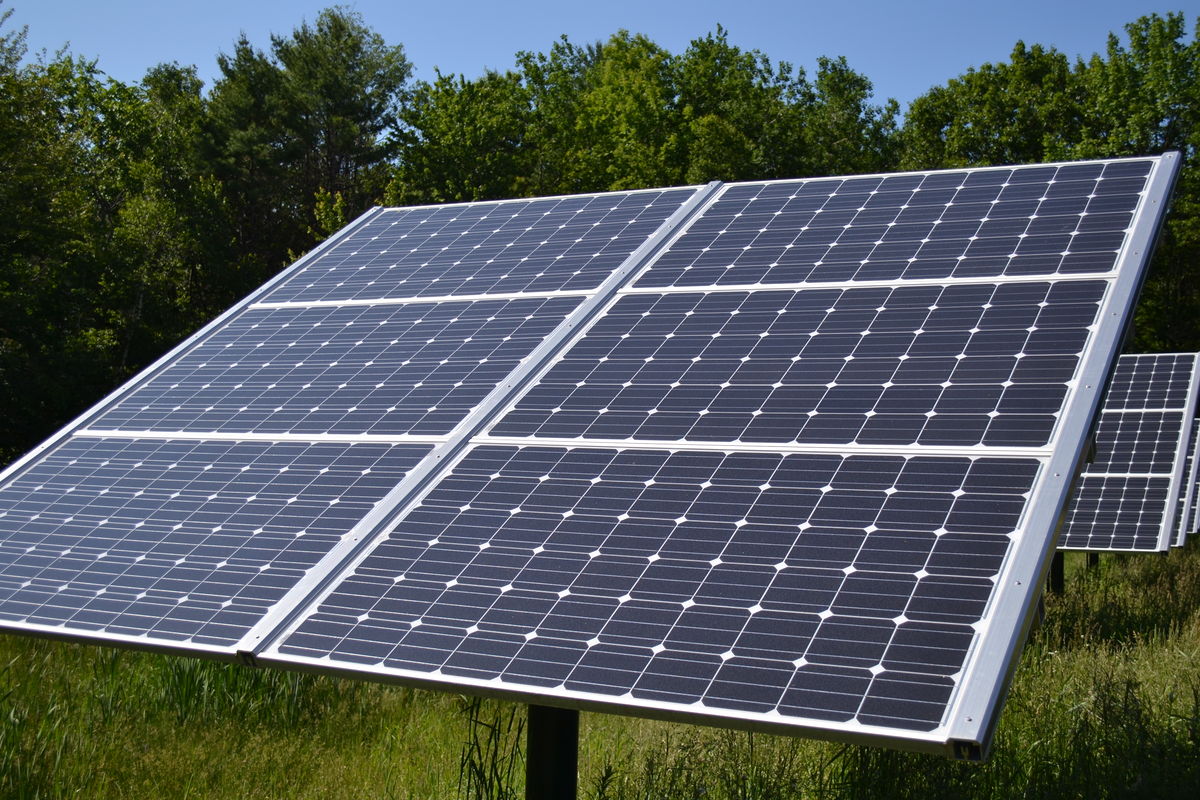
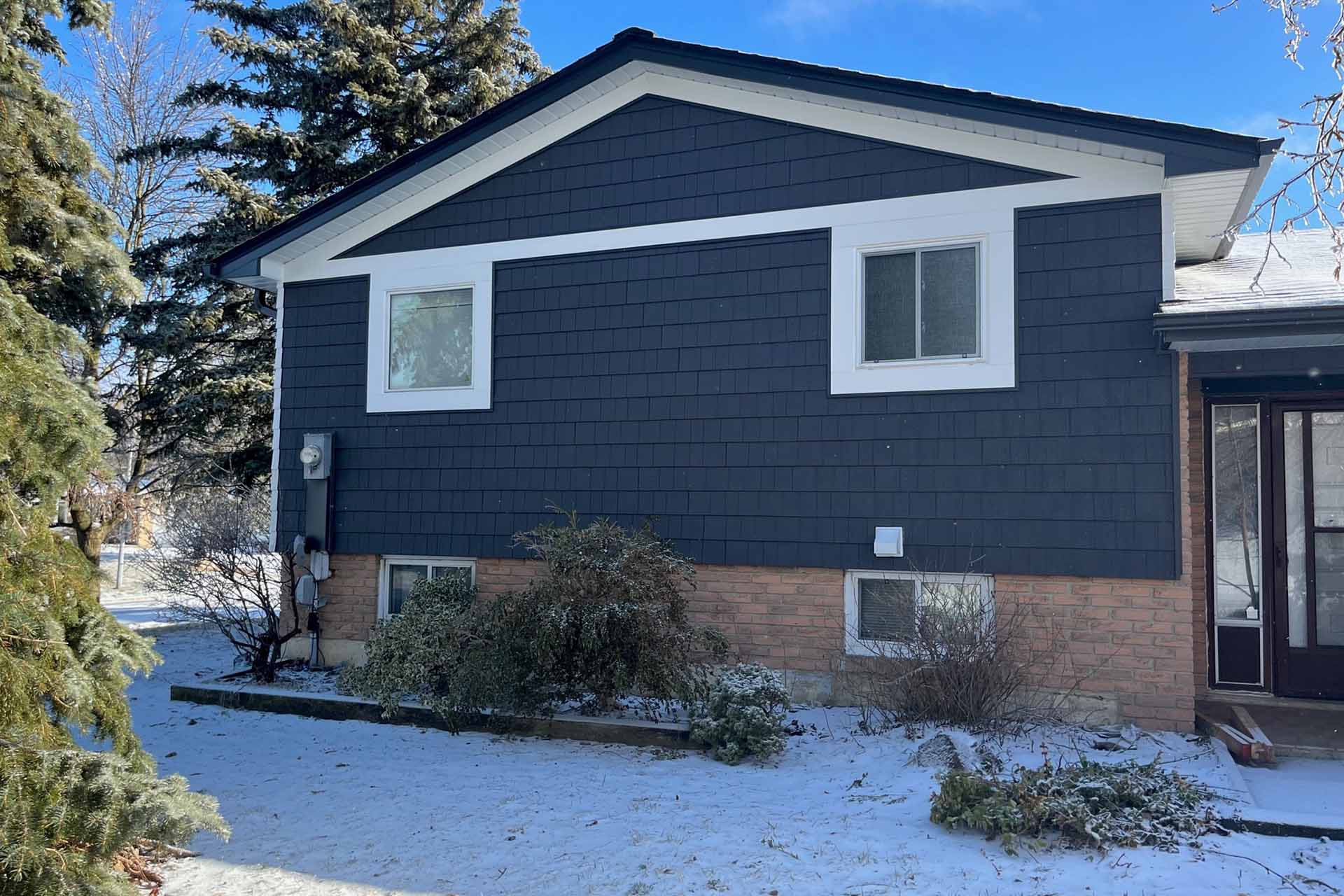
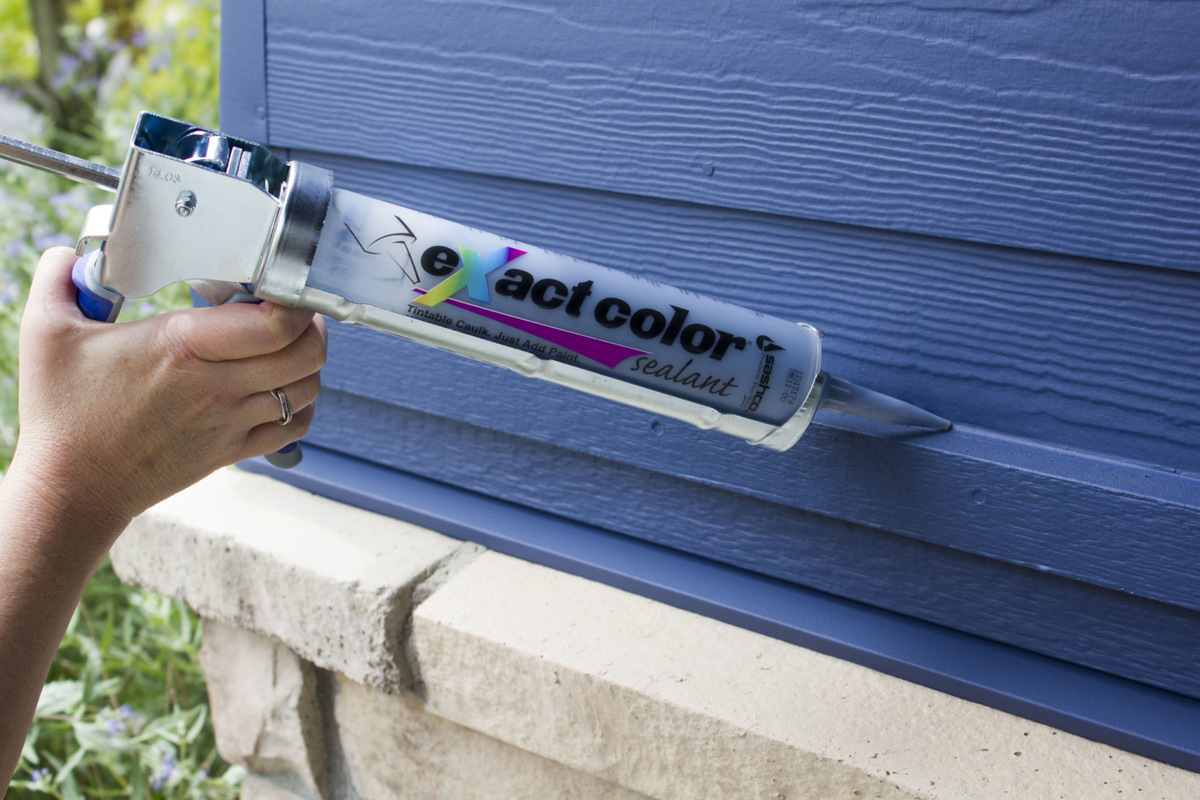
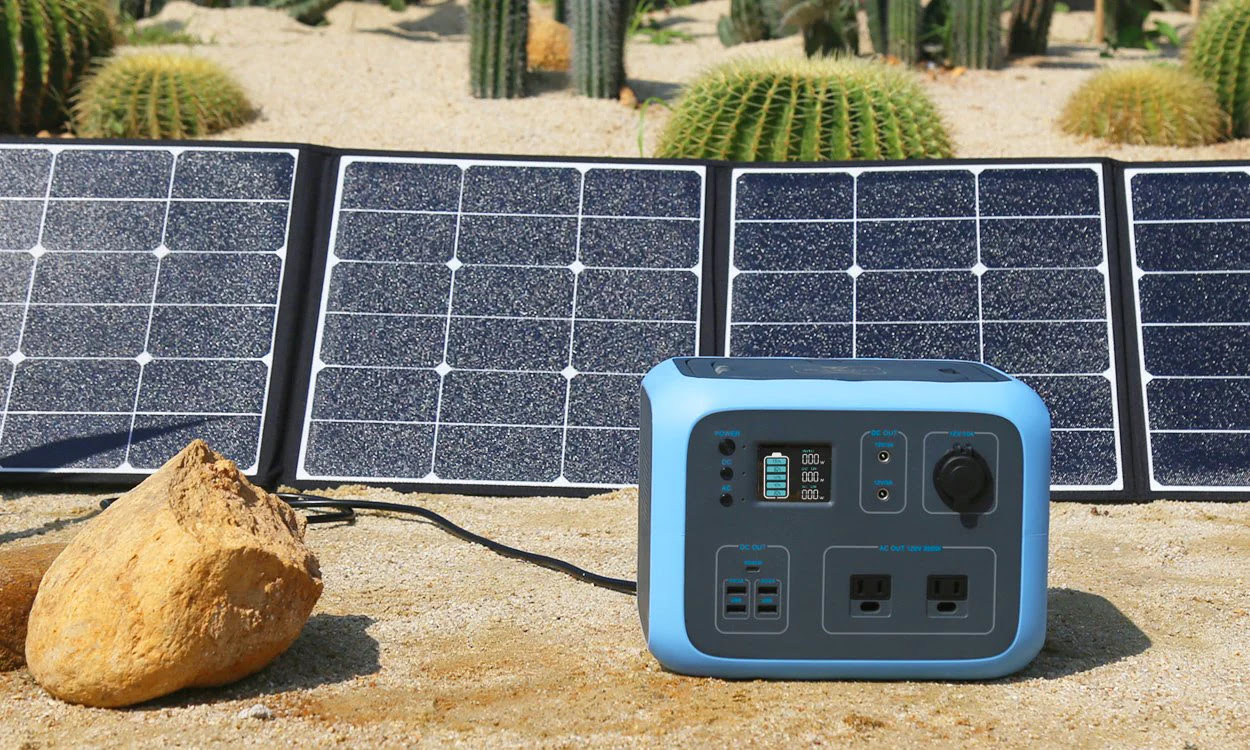
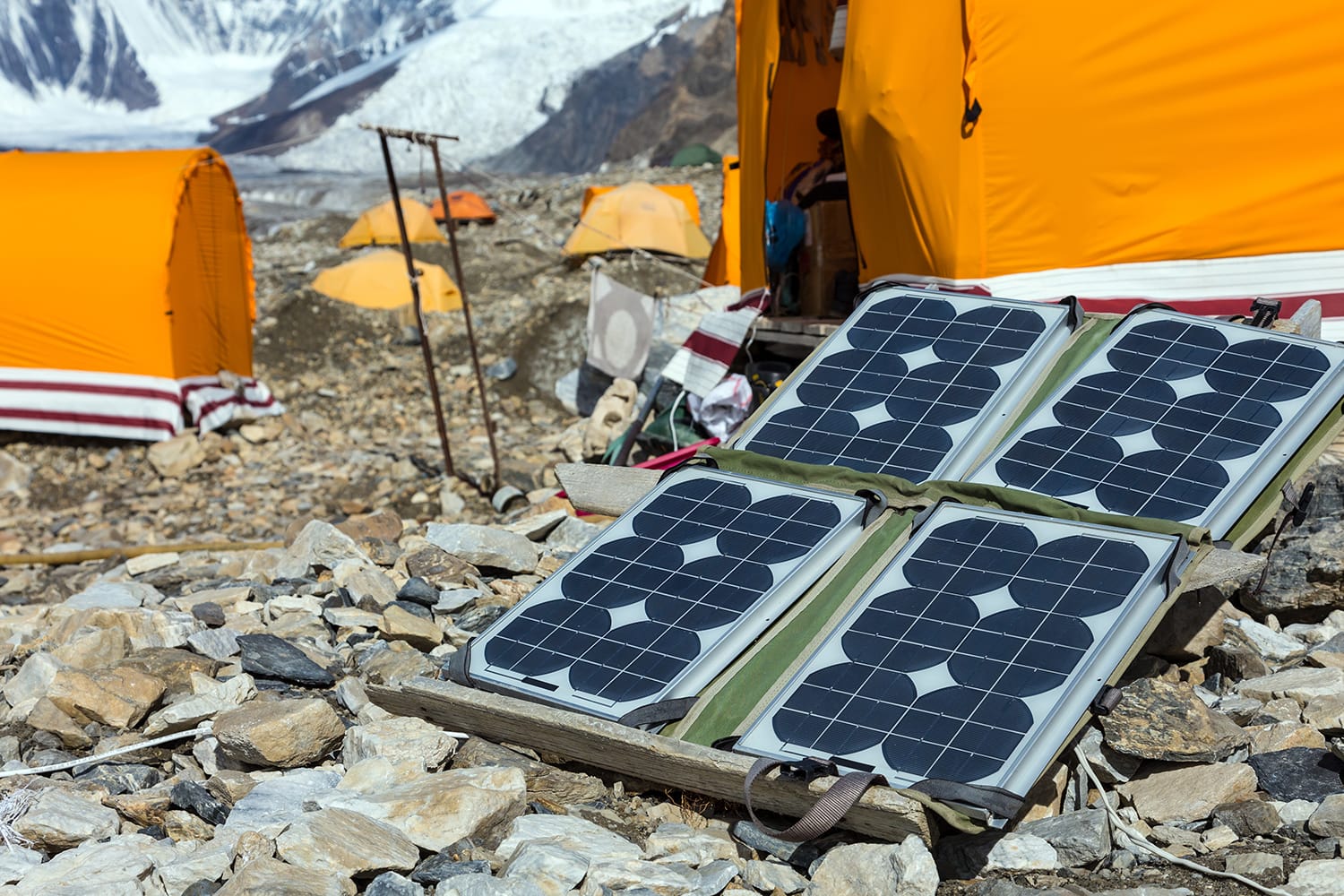

0 thoughts on “Solar Panel Siding Options for Sustainable Home Exteriors”